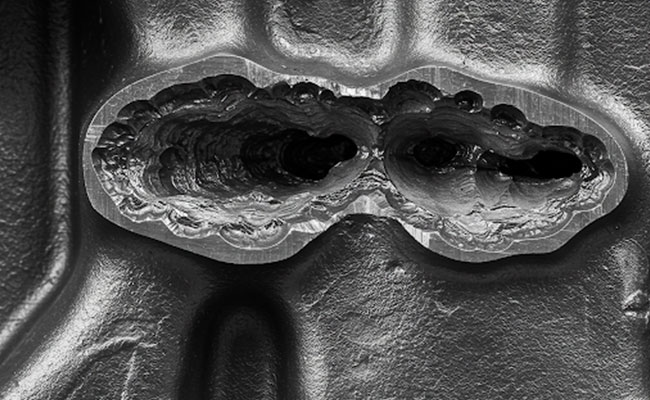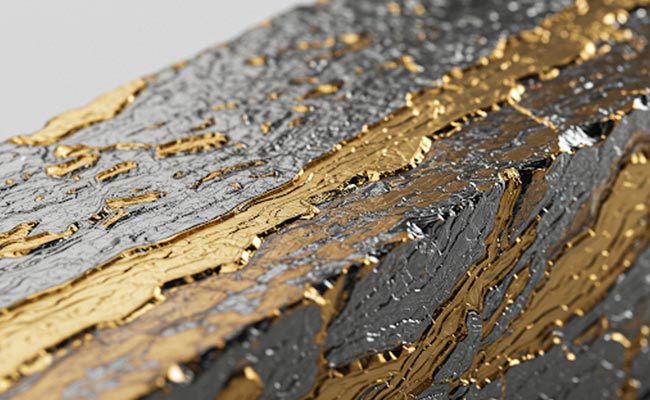
Understanding Lead Times: How Foundries Balance Speed and Precision Part Two
2025-09-15
Budgeting for Casting Projects: Factors That Impact Cost Part Two
2025-09-29Budgeting for casting projects requires a detailed understanding of the various factors that contribute to the overall cost. Foundries must account for both direct and indirect costs that can vary widely depending on the type of casting, materials used, and the complexity of the design. Here are the key factors that impact the cost of casting projects:
1. Material Costs
- Type of Metal: Different metals have varying costs based on availability, material properties, and manufacturing complexity. For example, aluminum is generally less expensive than high-alloy steels or titanium, but these higher-end materials offer better strength, heat resistance, or corrosion resistance, which can justify the higher cost.
- Alloy Type: Certain alloys require special handling or more expensive raw materials, such as nickel-based alloys or high-performance metals like superalloys.
- Material Waste: The casting process usually involves some material waste (scrap metal), which can increase costs, especially if a lot of material is lost during melting, gating, or finishing processes.
2. Tooling and Pattern Creation
- Mold Type: Tooling costs depend heavily on the type of mold used. For example, sand casting molds are cheaper and quicker to produce than investment casting molds, which require more intricate work and longer lead times.
- Pattern Design: The more complex the pattern (i.e., the original model of the part that will be replicated in metal), the more expensive it is to produce. Custom patterns or cores also add to costs.
- Tooling Lifetime: In high-volume production, tooling costs can be spread across many units, reducing the cost per piece. However, for low-volume or one-off parts, tooling costs may be a significant part of the overall project cost.
3. Casting Method
- Different casting methods come with varying costs:
- Sand Casting: Generally the least expensive option, good for large or low-complexity parts.
- Investment Casting: More precise but also more expensive due to the complexity of the molds and the need for a high level of craftsmanship.
- Die Casting: Suitable for high-volume, small to medium parts but requires significant upfront investment in dies.
- Permanent Mold Casting: Involves reusable molds, but they tend to be more expensive than sand casting.
4. Labor Costs
- Skilled Labor: The more specialized the work (e.g., intricate pattern making, machining, or quality inspection), the higher the labor cost.
- Casting Process Complexity: Some processes, such as manual mold preparation, require more skilled labor and time, thus increasing costs.
- Post-Casting Operations: Additional machining, finishing, or treatment of cast parts (e.g., heat treating, polishing, or welding) adds to the overall labor costs.
5. Quantity and Scale
- Economies of Scale: Larger production runs typically reduce the cost per part due to efficiencies in material use, tooling, and labor. In contrast, smaller runs or prototype projects usually have higher per-unit costs.
- Custom vs. Standard Parts: Custom parts often require more design, testing, and material handling, which increases the cost. Off-the-shelf or standard parts may be cheaper to produce.




